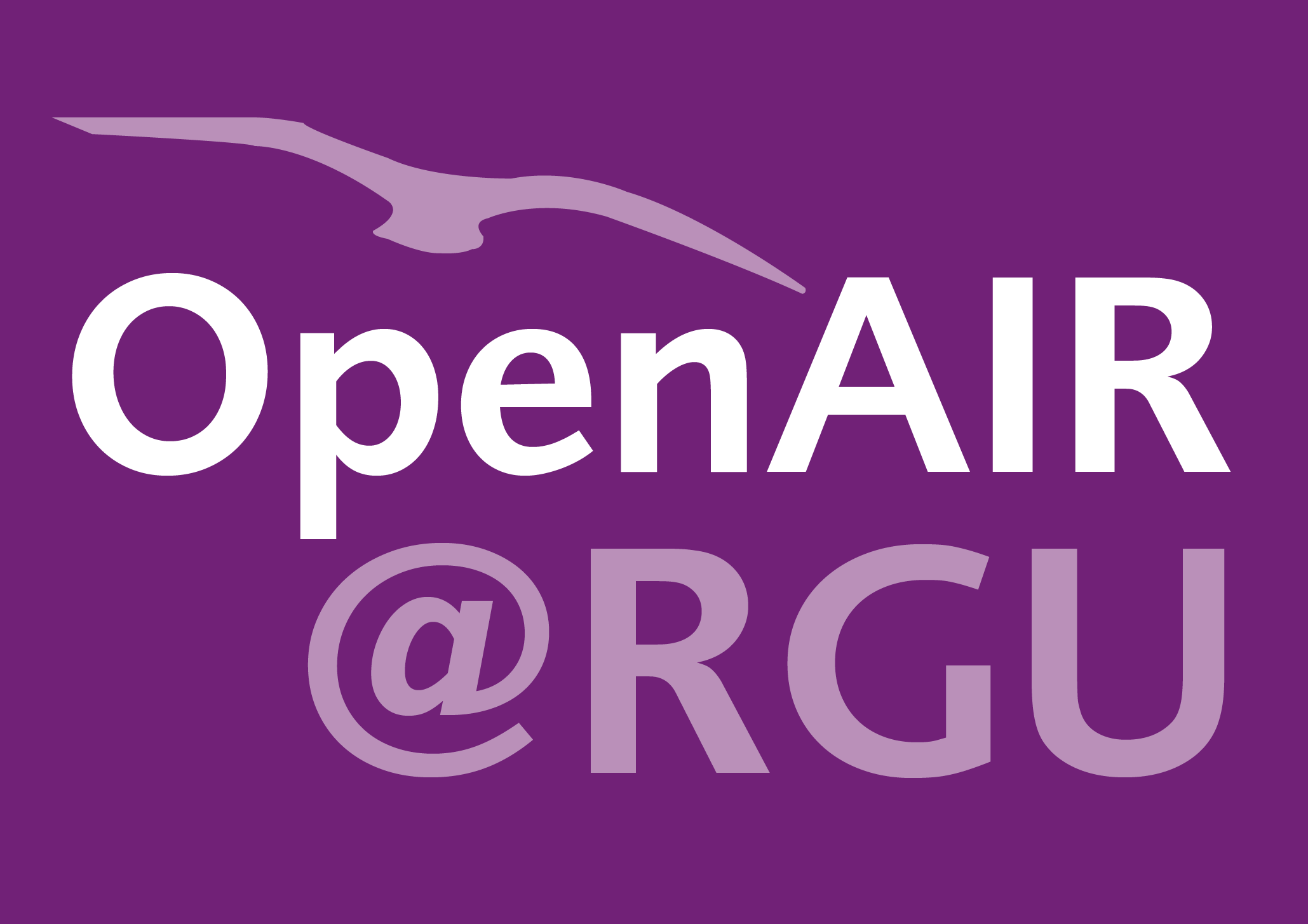Edmund Bellu
Detection, analysis, and photocatalytic destruction of the freshwater taint compound geosmin.
Bellu, Edmund
Authors
Contributors
Peter K.J. Robertson
Supervisor
Professor Linda Lawton l.lawton@rgu.ac.uk
Supervisor
Abstract
A significant issue affecting the aquaculture and water industries is the presence of off-flavour compounds in water, which cause problems by imparting an undesirable earthy/musty flavour and smell to water and fish. Two predominant off-flavour compounds are geosmin (GSM) and 2-methylisoborneol (MIB). These compounds are produced by several varieties of cyanobacteria and actinomycetes as metabolic products and can be detected by humans at concentrations as low as 0.015 mg L-1. Removal of GSM and MIB from potable waters has proven to be inefficient using standard water treatment such as filtration, coagulation, flocculation, sedimentation and chlorination. Activated carbon and membrane processes can physically remove GSM and MIB, but do not destroy them, and ozone treatment can be expensive. Titanium dioxide (TiO2) photocatalysis has recently been demonstrated to rapidly degrade GSM and MIB. When the semiconductor catalyst is illuminated with ultraviolet light simultaneous oxidation and reduction reactions occur. Pollutants are broken down into mineral acids, carbon dioxide and water. This study was conducted to determine if TiO2 photocatalysis, using a pelleted form of TiO2 called Hombikat K01/C, was a suitable method for the treatment of potable water. Additionally an analytical method was developed to rapidily analyse the large number of samples generated. Two reactors, a bench scale batch reactor and pilot scale flow reactor, were developed and used to evaluate the efficacy of Hombikat K01/C TiO2 photocatalysis in degrading GSM. The batch reactor, containing Hombikat K01/C, was used to investigate the effect of numerous experimental variables on the photocatalysis of GSM, including initial substrate concentration, pH, light intensity, aeration rate, the presence of additional reactants, and catalysis conducted in deuterated water. GSM was rapidly degraded using the TiO2 batch reactor, with the rate of GSM degradation most affected by light intensity and additional reactants, though pH also had a notable effect. A kinetic isotope effect of 1.61 was observed for the destruction of GSM using Hombikat K01/C TiO2. The flow reactor was also found to efficiently degrade GSM in raw waters. The rate of GSM destruction was found to be significantly lowered by UV shielding of the catalyst, caused by constituents of raw the water used, and the presence of additional reactants. The pilot scale flow reactor was also successfully evaluated in Denmark using gesomin contaminated water from an eel farm
Citation
BELLU, E. 2007. Detection, analysis, and photocatalytic destruction of the freshwater taint compound geosmin. Robert Gordon University, PhD thesis.
| Thesis Type | Thesis |
|---|---|
| Deposit Date | Sep 21, 2007 |
| Publicly Available Date | Sep 21, 2007 |
| Keywords | Geosmin; Methylisoborneol; Solid phase extraction; TiO2; Hombikat K01/C; Photocatalysis 2; methylisoborneol; Solid phase extraction (SPE) |
| Public URL | http://hdl.handle.net/10059/93 |
| Contract Date | Sep 21, 2007 |
| Award Date | Apr 30, 2007 |
Files
BELLU 2007 Detection, analysis, and photocatalytic
(1.7 Mb)
PDF
Publisher Licence URL
https://creativecommons.org/licenses/by-nc-nd/4.0/
Copyright Statement
© The Author.
You might also like
Aging microplastics enhances the adsorption of pharmaceuticals in freshwater.
(2023)
Journal Article
Nature-based solution to eliminate cyanotoxins in water using biologically enhanced biochar.
(2023)
Journal Article
Bio-based sustainable polymers and materials: from processing to biodegradation.
(2023)
Journal Article
Characterisation of microplastics is key for reliable data interpretation.
(2023)
Journal Article
Downloadable Citations
About OpenAIR@RGU
Administrator e-mail: publications@rgu.ac.uk
This application uses the following open-source libraries:
SheetJS Community Edition
Apache License Version 2.0 (http://www.apache.org/licenses/)
PDF.js
Apache License Version 2.0 (http://www.apache.org/licenses/)
Font Awesome
SIL OFL 1.1 (http://scripts.sil.org/OFL)
MIT License (http://opensource.org/licenses/mit-license.html)
CC BY 3.0 ( http://creativecommons.org/licenses/by/3.0/)
Powered by Worktribe © 2025
Advanced Search
